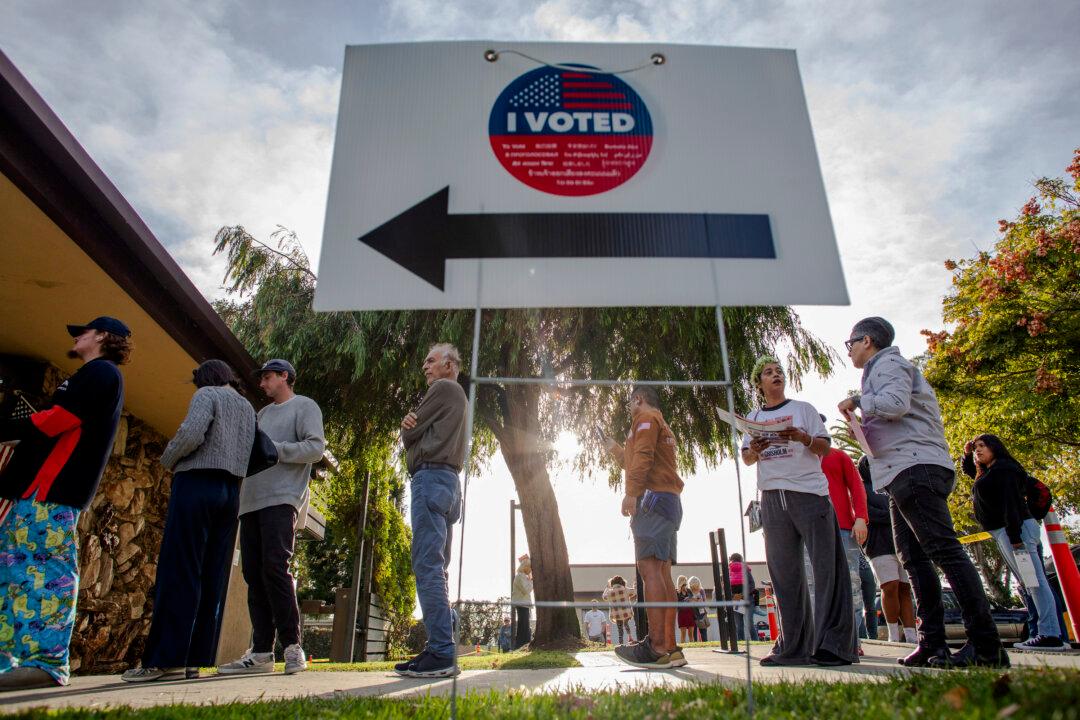Brewers small and large in the United States expect the cost of beer to increase as the Ukraine conflict threatens global crop shortages and packaging remains in short supply.
The cost of making brew has jumped as the industry struggles to get aluminum cans, cardboard, barley/malt, and trucking and shipping services during the worldwide supply chain crisis.
Continued strain on the industry is likely to lead to higher prices at the pub, industry experts say.
“This will put pressure on breweries who face a difficult choice: have their margins get eroded by price increases or raise prices, which risks seeing consumers look for alternatives,” Bart Watson, chief economist at the Brewers Association, told The Epoch Times in an email.

Brewers will need to decide whether to raise prices based on their brand strength and position in the market, he said.
“But I think it’s safe to say that we’ll likely see larger price increases in aggregate than we have in recent years,” Watson said.
The company, which also sells Dos Equis, Tecate, and other brands, will seek to offset higher costs of raw material, energy, and shipping rates, Heineken’s chief executive officer told national media. CEO Dolf van den Brink was not available for comment.
The United States also recorded significant drops in barley production last growing season, adding to this year’s cost increases.
Drought conditions in Idaho, Montana, and North Dakota last summer took a big bite out of domestic production, and the Ukraine conflict is expected to make world shortages worse.
About three-quarters of the barley grown in the United States is used for malt production. The rest is used for animal feed or human food.

However, the demand for barley has dropped since the pandemic started.
Even though the United States is forecast to use about 24 percent less barley this year than in 2020, the price of the grain is projected to be about 45 cents higher per bushel.
Ukraine suspended port operations for commercial activities at the end of February, and ships operating there are faced with exceptionally high insurance premiums. Trade sanctions are also making transactions challenging, the USDA reported.
“In response, grain prices have soared for all major exporters,” according to the USDA.
Ukraine will export 17 percent of the world’s barley this year, making it the third-largest exporter. Russia was slated to export 13 percent. The two countries are responsible for nearly one-third of all exports.
Most of the Ukrainian barley has already been shipped, according to the USDA. But crop planning for this year’s season would need to start in the next few weeks, and the probability of that happening during the conflict is uncertain.
Even with a worldwide barley shortage, beer experts are looking forward to a good year as the country rebounds from the pandemic.
“Things for our brewers were down in 2020 and they improved slightly in 2021. We anticipate more in 2022 as we get back closer to normal,” Skypeck said. “We anticipate in 2022 that we’re going to be back close to 2019 pre-pandemic sales.”





